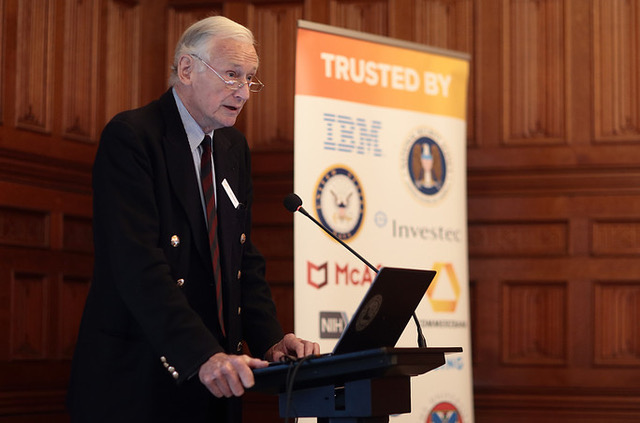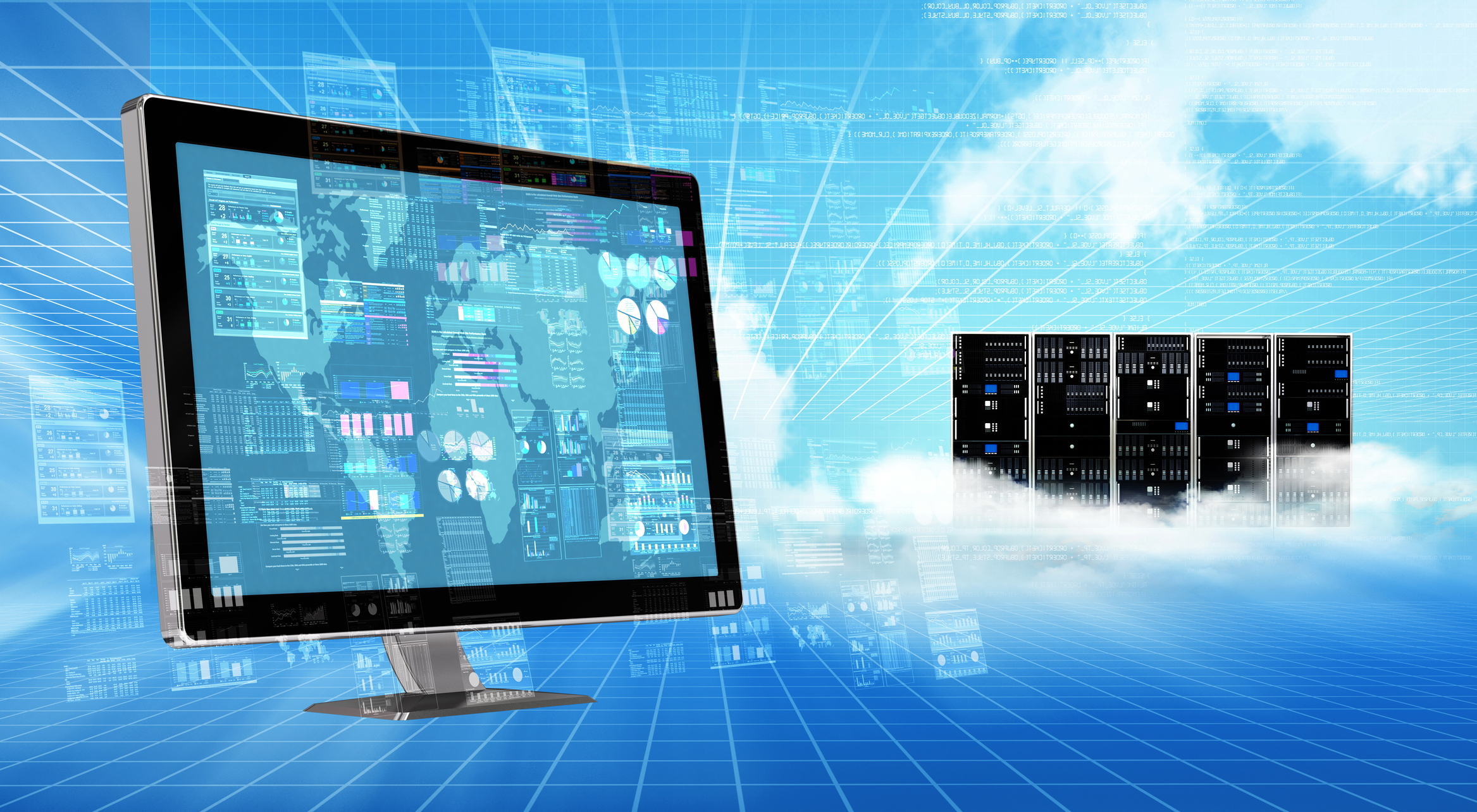Data Centre Journal asks Bridgeworks CEO David Trossell to articulate the impact of edge computing and the cloud.

August 22, 2017
WILL EDGE COMPUTING BLOW AWAY THE CLOUD?
Nearly every new technology is disruptive to the extent that it’s expected to replace older technologies. Sometimes, as with the cloud, old technology is simply rebranded to make it more appealing to customers and thereby to create the illusion of a new market. Let’s remember that cloud computing had previously existed in some form. At one stage it was called on-demand computing, then it became application-service provisioning.
Now there’s edge computing, which some people are also calling fog computing. Some industry commentators feel it will replace the cloud as an entity. Yet the question is, will it really? The same viewpoint emerged when television was invented. TV was expected to be the death of radio. Yet people still tune into radio stations by their thousands every day. Of course, some technologies are disruptive in that they change people’s habits and their way of thinking. Once, people enjoyed listening to Sony Walkmans, but today, most folks listen to their favorite tunes on smartphones.
“The edge and cloud computing are likely to follow a hybrid approach rather than a standalone one.”
– David Trossell, CEO Bridgeworks, LTD
Despite this argument, Gartner’s Thomas Bittman seems to agree that the “Edge Will Eat the Cloud”: “Today, cloud computing is eating enterprise data centers, as more and more workloads are born in the cloud, and some are transforming and moving to the cloud….But there’s another trend that will shift workloads, data, processing and business value significantly away from the cloud. The edge will eat the cloud…and this is perhaps as important as the cloud computing trend ever was.”
Bittman also says, “The agility of cloud computing is great—but it simply isn’t enough. Massive centralization, economies of scale, self-service and full automation get us most of the way there—but it doesn’t overcome physics—the weight of data, the speed of light. As people need to interact with their digitally-assisted realities in real-time, waiting on a data center miles (or many miles) away isn’t going to work. Latency matters. I’m here right now and I’m gone in seconds. Put up the right advertising before I look away, point out the store that I’ve been looking for as I drive, let me know that a colleague is heading my way, help my self-driving car to avoid other cars through a busy intersection. And do it now.”
So let’s avoid viewing edge computing as a new solution. It’s but one solution, and so is the cloud. Together, these two technologies can support each other.




